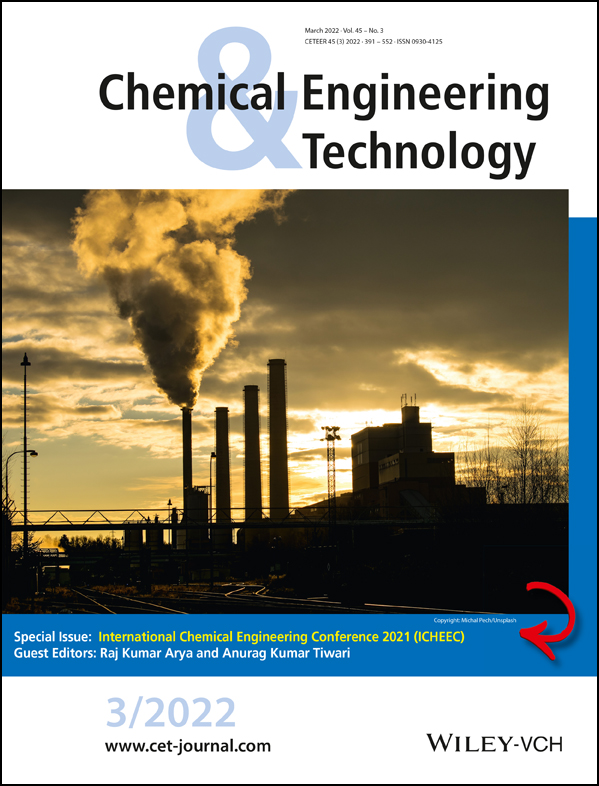Effects of Channel Hydraulic Diameters and Flow Ratios of Two-Phase Flow in Y-Junction Microchannels
Abstract
The hydrodynamics of two-phase flow of a water-cyclohexane immiscible system with and without obstruction of Y-junction microchannels under slug flow regime were studied numerically. Flow ratios of water and cyclohexane were varied in a wide range. The results indicate that the slug volume decreases linearly with an increase in flow rate of both fluids; however, the rate of declination in the slug volume for water is higher than that of cyclohexane. For a channel with smaller hydraulic diameter the decrease in slug volume was more pronounced at a constant velocity than that for a channel with a larger hydraulic diameter under identical conditions. The effect of fluid properties along the channel length were compared with existing results.




